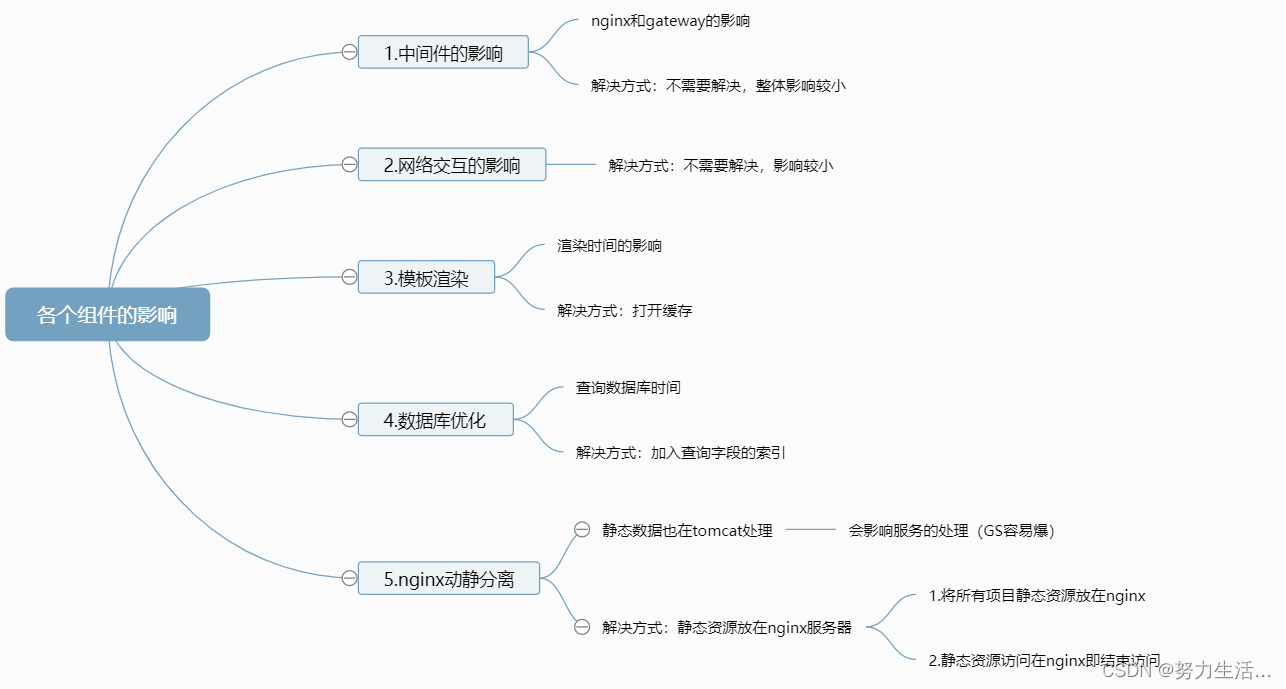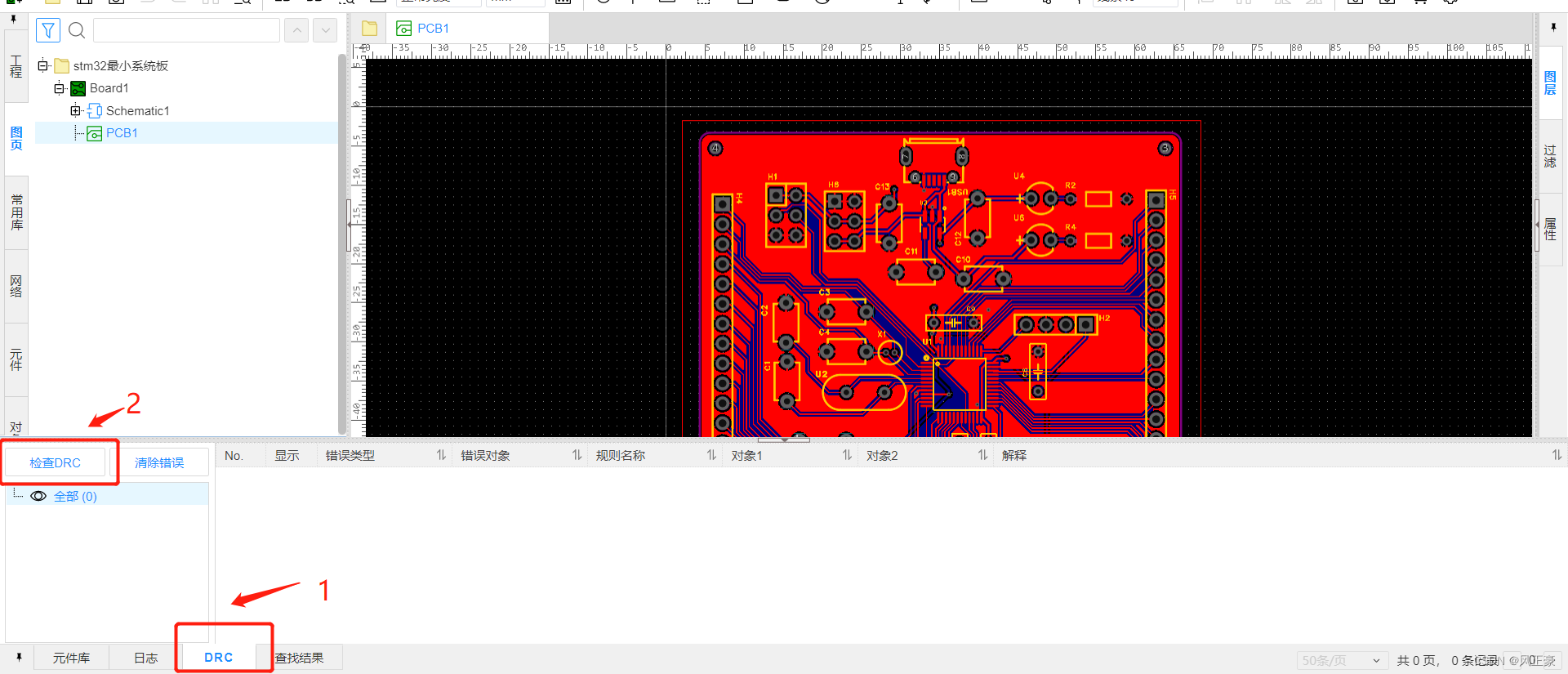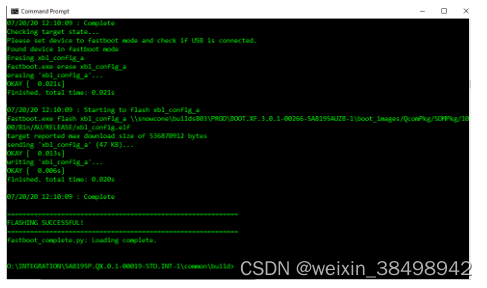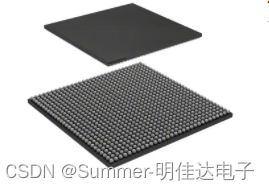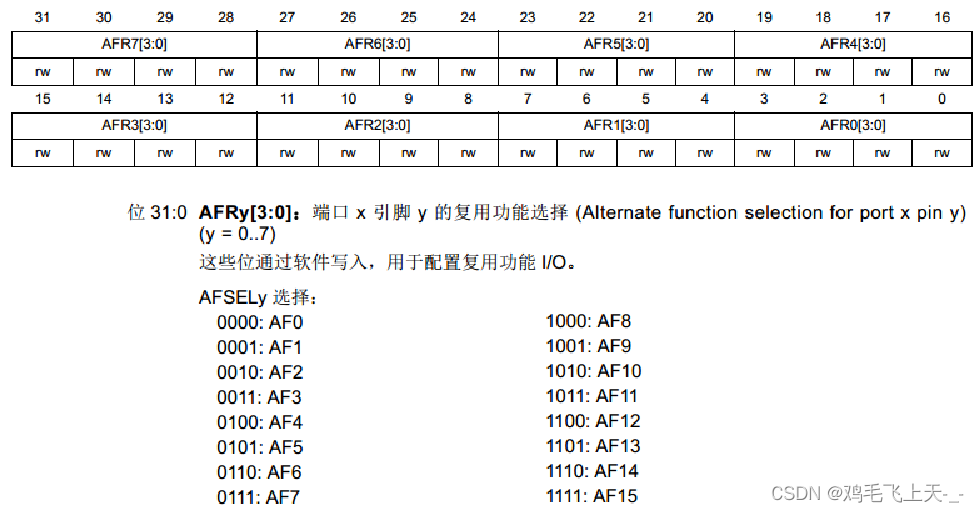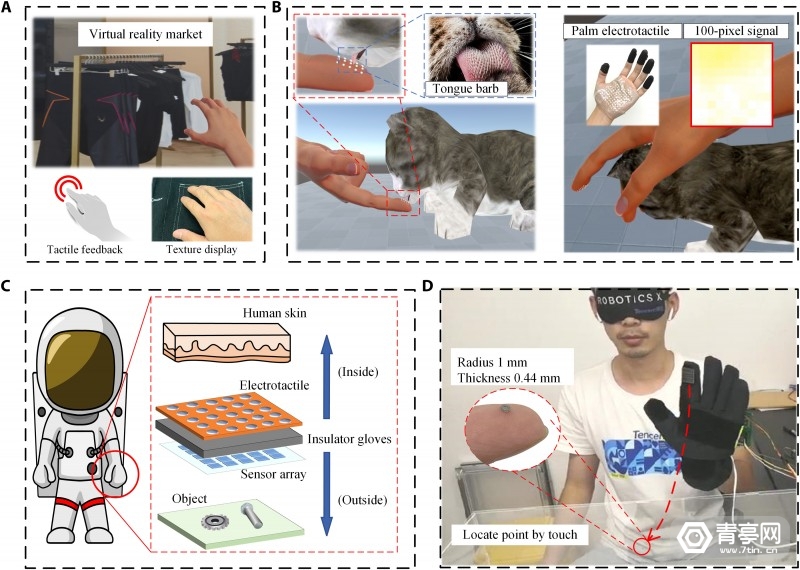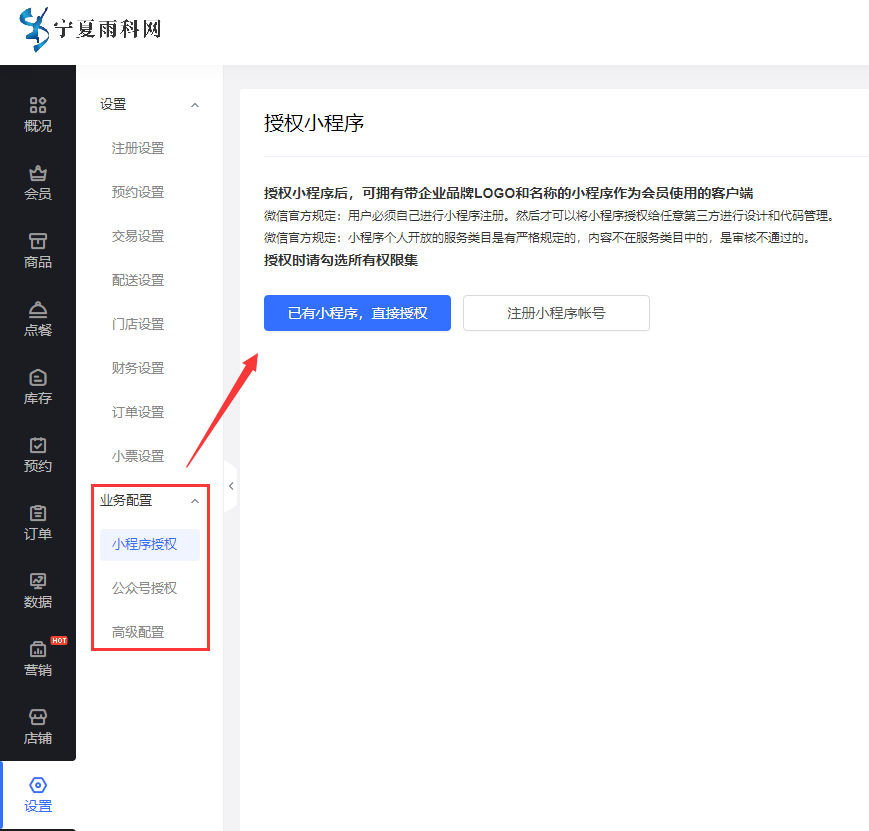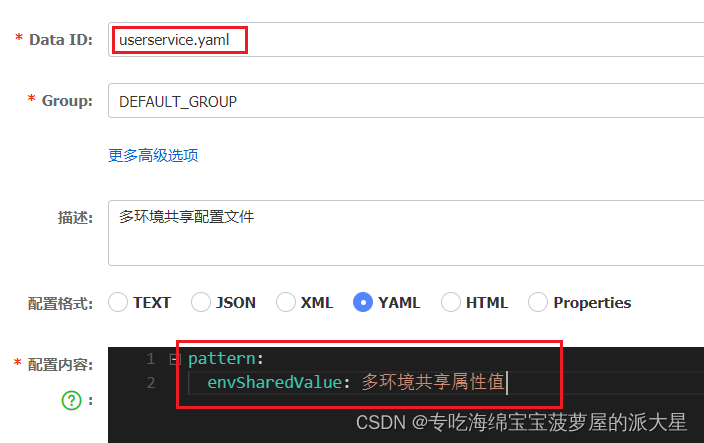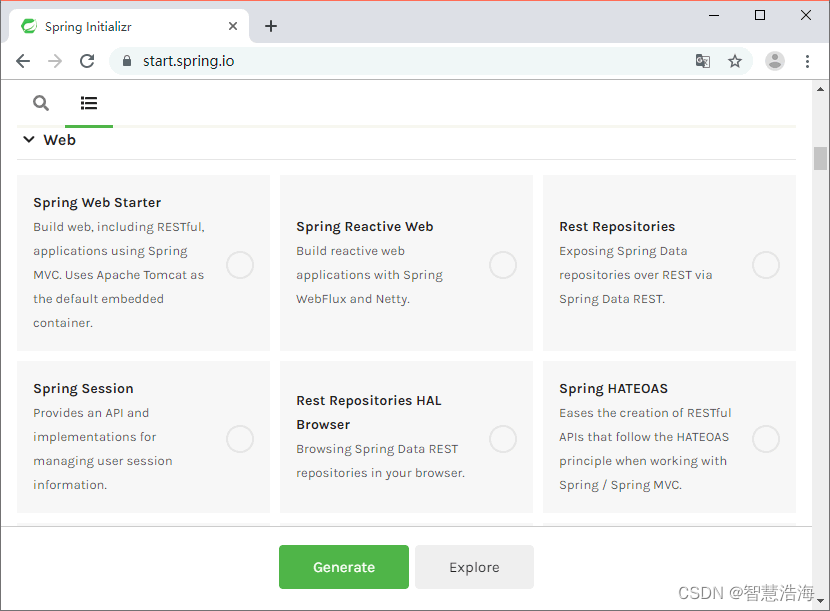i.e. 用作同位语,“即”
To buy the car that I really want (i.e., a Tesla), I will have to work a lot of overtime.
namely 用作插入语,表示列举,”也就是”
The present paper evaluates the effect of major weather variables, namely precipitation, temperature, and relative humidity, on crop growth.”
这里 namely 明确指出该论文只有三项天气变量评估
that is 用作解释,"换句话说“
Jim didn't go to the party. That is to say, he hadn't forgive Tom yet. 吉姆没有去参加聚会。 也就是说,他还没有原谅汤姆。
科学网—论文写作技巧:e.g.、i.e.和namely的差别 - Editage意得辑的博文拉丁文缩写在现今的科研写作中越来越罕见:科学编辑理事会建议使用“and others”而不是et al.,还有用于引用来源的 op. cit. 和 loc. Cit 等以前常见 ... ,科学网![]() https://blog.sciencenet.cn/blog-769813-1273931.html
https://blog.sciencenet.cn/blog-769813-1273931.html

